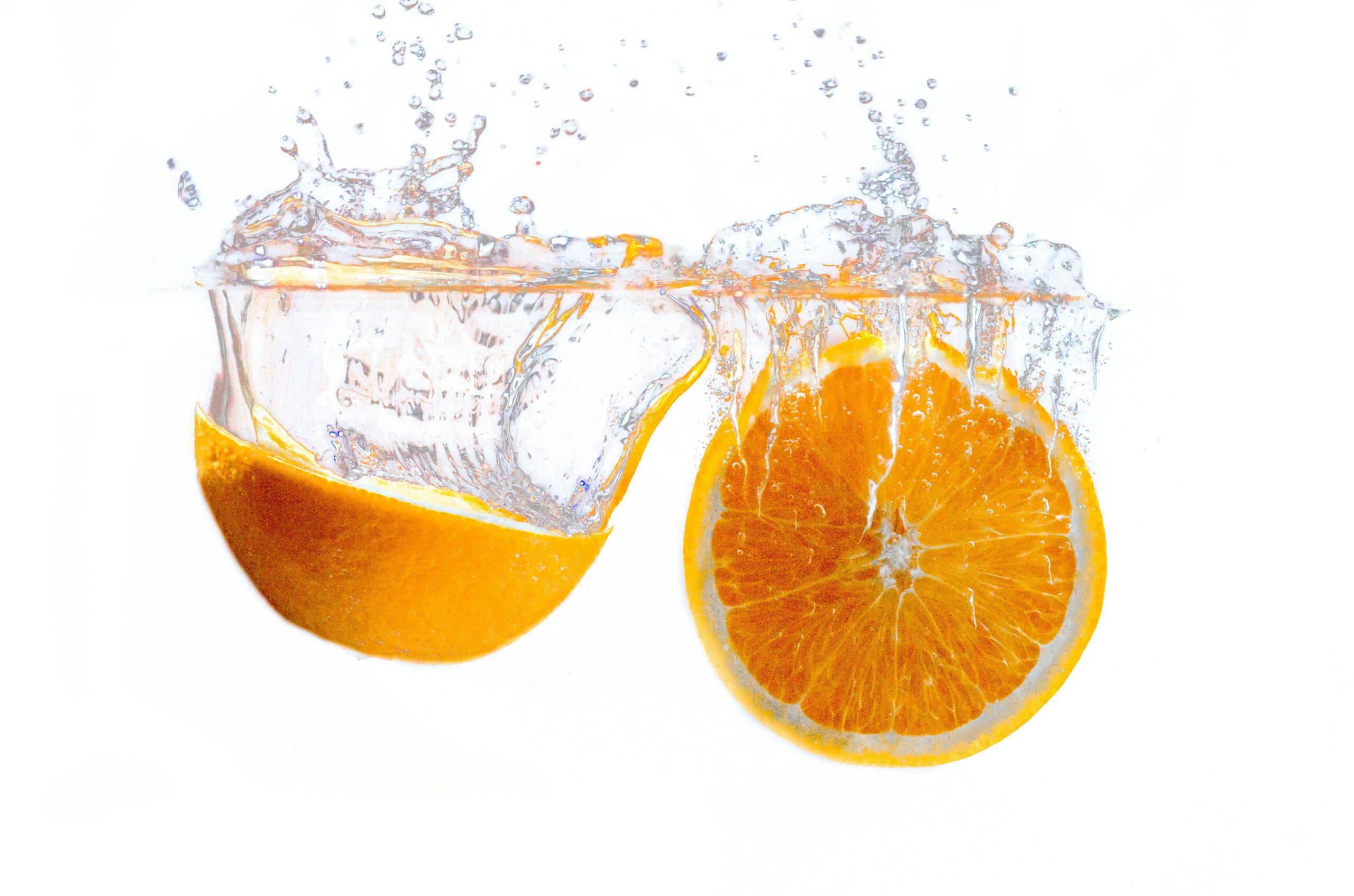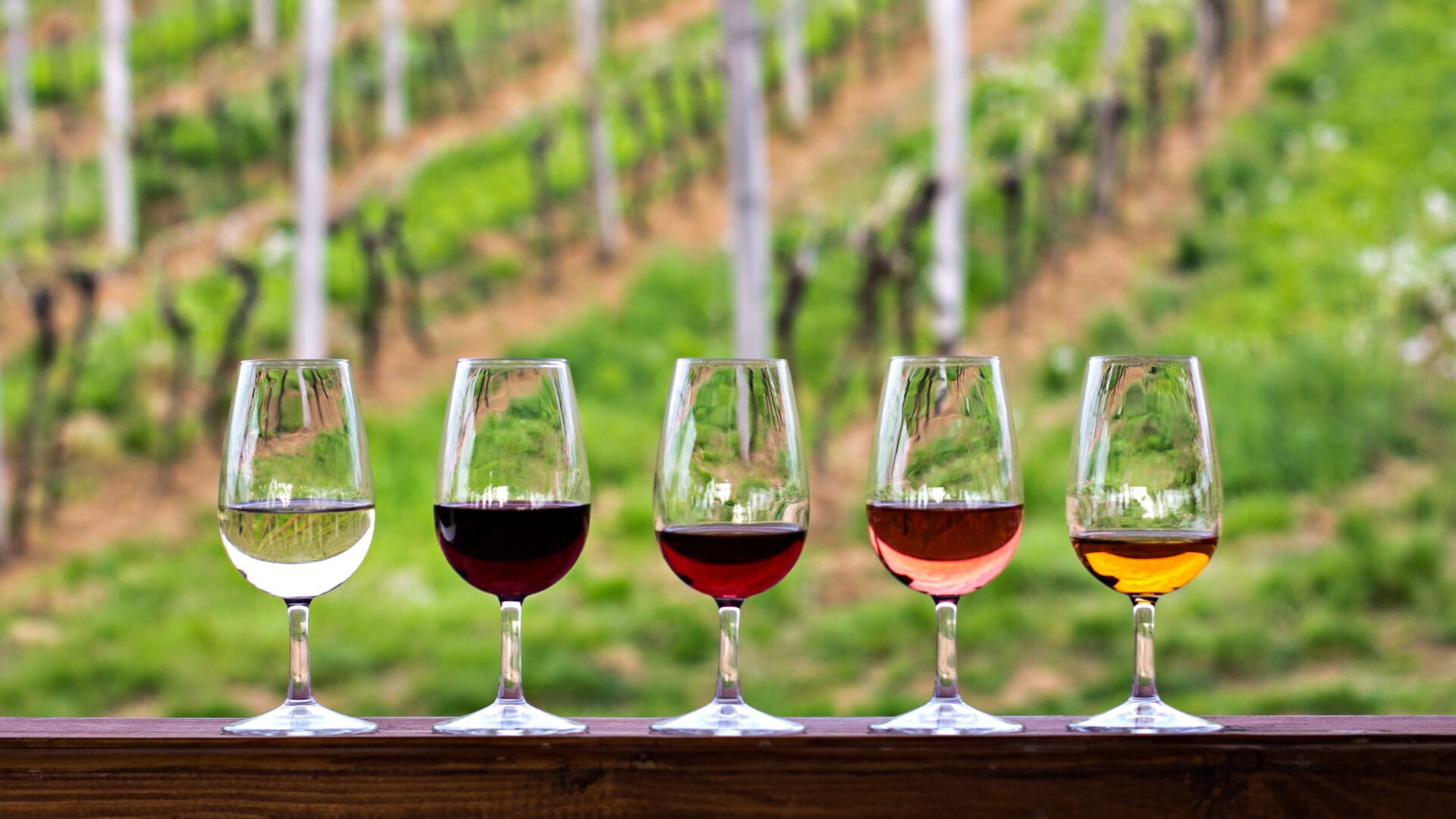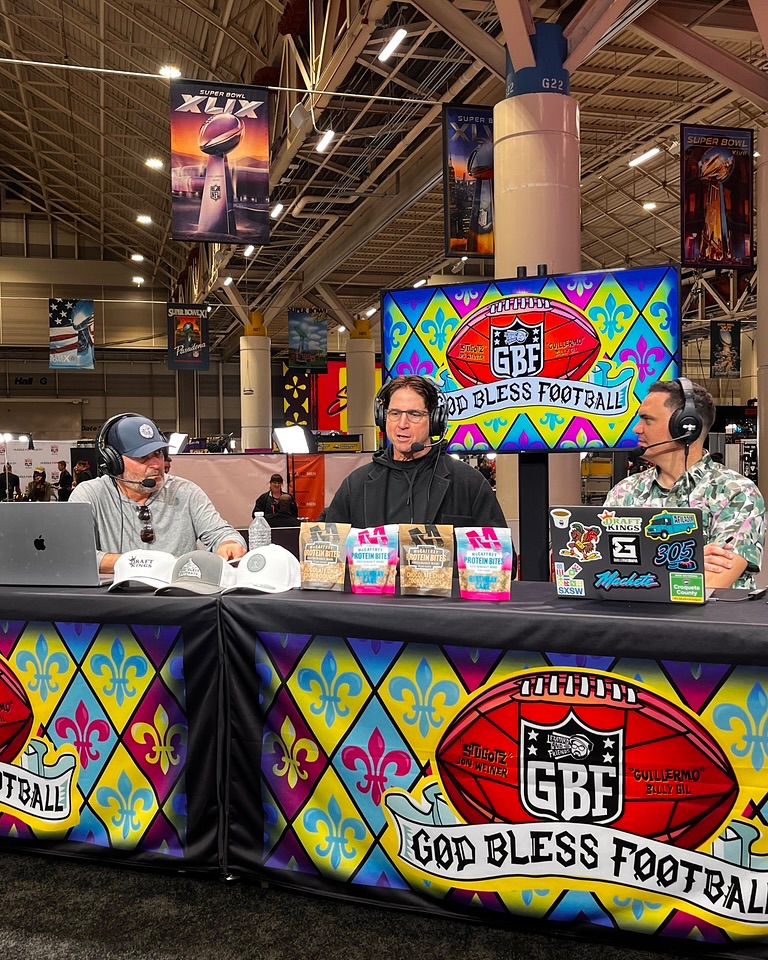What will the cost of your Super Bowl spread be this year?
About 8% to 14% more than 2021, according to Wells Fargo’s inaugural Super Bowl Food Report— a light-hearted look at food and beverage costs using some hard economic data from the Bureau of Labor Statistics, USDA and Nielsen—from Chief Agricultural Economist Dr. Michael Swanson and the bank’s food and agribusiness industry advisors group.
The report says that while the cost of chips and dips, vegetables and other appetizers are up approximately 2% to 5%, they represent the best food value for the big game.
In the meat category, pork chops represent a good buy too, with BLS reporting them 7% more expensive than last year. Comparatively, the USDA says prepared chicken wings are up 14% to 26% (bone-in and boneless respectively) with individually quick frozen (IQF) chickens up 26%. The report noted that “it would seem the IQF is the bigger loser, but that misses the point that they are still $3.57 per pound versus $7.24 (the average) for the prepared wings.”
Other noteworthy numbers:
- Steak is up 23% from a year ago. The BLS shows $11.06 per pound for USDA choice sirloin, compared to $8.98 a year ago.
- Cocktail wieners are 7% higher than last year, according to Nielsen data.
- The BLS says ground hamburger is up 17% from a year ago. Its nationwide price shows $4.60 a pound. The report noted that “one of the differences for steak versus hamburger is the sourcing and the demand. The U.S. brings in meat to grind into hamburger from Australia and Brazil (to mention the big two), and the U.S. exports high-end cuts to Asia.”
- Shrimp is up sharply from last year’s $3.60 per pound (at the wholesale import level, according to Urner Barry) to close to $4.40 per pound (same index). That’s a 22% increase.
In the cooler
- Soft drinks: Food inflation continues to affect the soft drink world, with labor, packaging, and transportation issues at play. According to the BLS, 2-liter bottles jumped the most by increasing 12%. In contrast, a 12-pack of cans is up 6%. “Both represent big jumps compared to general food inflation,” the report noted. “Even so, that 2-liter bottle represents a better value if you can get your attendees to agree on the type and flavor.”
- Beer: The beer industry continues to struggle with modest demand strength and higher input costs. The BLS reports that beer prices are up 4% from a year ago. “No doubt, the brewers are facing higher labor, packaging and shipping costs … but the overcapacity in the industry has muted the price increase,” the report said.
- Wine: The BLS reports wine prices up 3%. “California wineries and vineyards continue to struggle with much higher labor, water, and transportation costs,” the report said. “However, global supply capacity is making it difficult to pass those cost increases along.”











